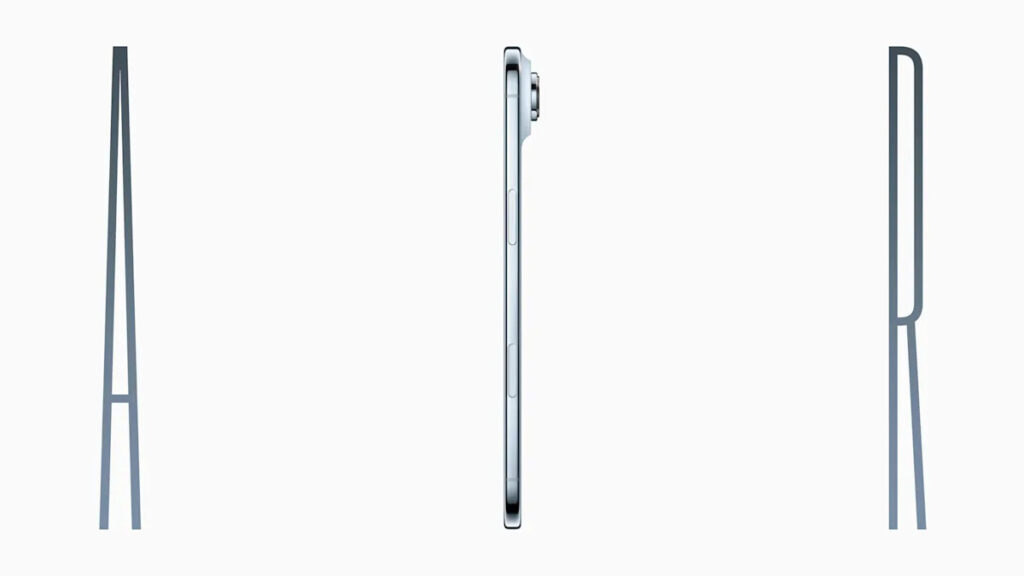
As the fall season ushers in its familiar scents and sights, Apple enthusiasts have much to celebrate with the unveiling of the latest iPhone lineup. In a much-anticipated event, Apple introduced the iPhone Air, iPhone 17 Pro, and a host of other products that promise to redefine user experiences. The spotlight, however, shines brightly on the iPhone Air, a sleek new addition to Apple’s storied lineup.
The iPhone Air: A New Era of Slim Design
Apple’s decision to introduce the iPhone Air marks a bold step in their design philosophy. Drawing comparisons to the iconic MacBook Air, this new device is a testament to Apple’s engineering prowess. With a thickness of just 5.6mm, the iPhone Air is crafted from spacecraft-grade titanium and features Ceramic Shield 2 for enhanced durability.
Under the hood, the iPhone Air is powered by the A19 Pro chip, identical to the one found in the iPhone 17 Pro. It also includes the N1 chip for wireless connectivity and the C1X modem, which boasts speeds twice that of its predecessor. Despite these advancements, Apple has made some compromises to maintain its ultra-thin profile.
Apple describes the iPhone Air as “the equivalent of four lenses in their pocket,” thanks to its versatile camera setup.
Equipped with a single 48-megapixel camera, the iPhone Air features a large two-micrometer quad-pixel sensor that excels in low-light conditions, alongside an optical quality 2x telephoto lens. However, it faces stiff competition from Samsung’s S25 Edge, which offers a 200MP main camera.
iPhone 17 Pro: Power Meets Elegance
While the iPhone Air captures headlines, the iPhone 17 Pro stands as Apple’s most powerful smartphone to date. Available in 6.9-inch and 6.3-inch screen sizes, it features the robust A19 Pro chipset and Ceramic Shield 2 for enhanced durability. The new rear camera setup includes a 48MP telephoto lens capable of up to 8x “optical quality” zoom.
The iPhone 17 Pro series starts at $1,099 for a 256GB model, with pre-orders beginning on September 12.
Apple’s focus on camera technology is evident, with all sensors in the iPhone 17 Pro boasting 48MP for resolution parity. This model represents a significant upgrade in both performance and design, setting a new standard for flagship smartphones.
AirPods Pro 3: Enhanced Audio Experience
Apple’s AirPods Pro 3 have also received notable enhancements, particularly in noise cancellation and health-tracking features. The new model includes a heart rate sensor compatible with iOS workout apps and a live translation feature that supports multiple languages at launch.
The AirPods Pro 3 are priced at $249, with pre-orders available now.
These improvements, along with a more ergonomic design and additional ear tip sizes, aim to cater to a broader range of users. The live translation feature, in particular, positions the AirPods Pro 3 as a versatile tool for travelers and multilingual users.
Apple Watch Series 11 and Beyond
Apple’s wearable lineup has also expanded with the introduction of the Watch Series 11, Ultra 3, and SE models. The Series 11 boasts twice the scratch resistance of previous models and includes 5G connectivity, while the Ultra 3 features satellite connectivity and emergency SOS capabilities.
The Apple Watch Series 11 starts at $399, Ultra 3 at $799, and the SE at $249.
With innovations such as improved battery life and advanced health monitoring features, Apple’s latest watches continue to push the boundaries of wearable technology. The inclusion of sleep apnea notifications and a new Sleep Score feature further underscores Apple’s commitment to health and wellness.
As Apple continues to innovate and expand its product offerings, these new devices reflect the company’s dedication to enhancing user experience through cutting-edge technology. With pre-orders now open, consumers eagerly await the opportunity to experience these advancements firsthand.






